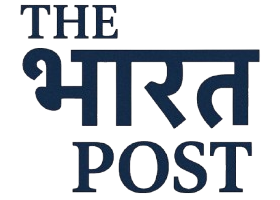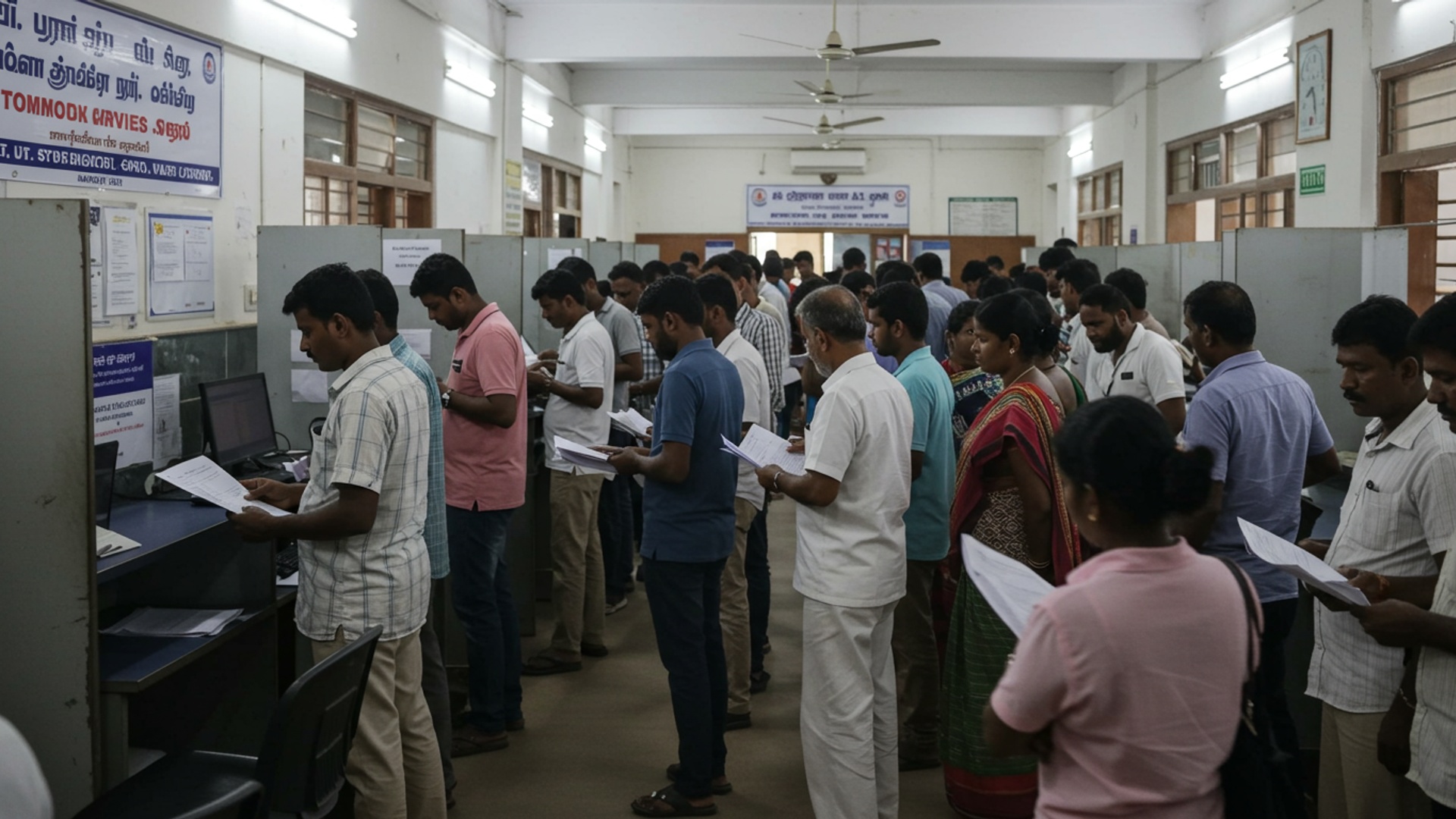Tamil Nadu is significantly behind in registering its many unorganised workers on the E-Shram portal, a vital national program meant for their welfare. This slow sign-up rate means a large number of informal workers across the state are not getting a special identification card and essential government support. The E-Shram system, started by the central government, aims to give social protection to millions who work in daily jobs like building or street selling. But, Tamil Nadu’s low registration numbers are causing serious concern among officials, directly putting the future and safety of these everyday workers at risk.
Understanding the E-Shram Portal
The E-Shram portal is a nationwide online system launched by the Indian government in August 2021. Its main goal is to create a complete database of unorganised workers across the country. This includes many different types of workers, such as construction workers, street vendors, domestic workers, agricultural laborers. even gig and platform workers. The aim is to give these workers a unique identity number, called a Universal Account Number (UAN). connect them to various government social security and welfare schemes.
The registration process is free of cost and can be done by workers themselves on the E-Shram website or with help at nearby Common Service Centers (CSCs) and State Seva Kendras. Once registered, workers can get benefits like accidental insurance coverage of 2 lakh rupees under the Pradhan Mantri Suraksha Bima Yojana. 1 lakh rupees in case of partial disability. The portal also aims to help in providing support during national emergencies, like the COVID-19 pandemic.
Tamil Nadu’s Performance So Far
Despite the vital benefits offered by the E-Shram portal, the state of Tamil Nadu has fallen short in registering its unorganised workers. According to data from the Ministry of Labour and Employment, Tamil Nadu has achieved less than half of its set goal. The state had a target of registering 2. 17 crore (21. 7 million) unorganised workers. But, as of August 3, 2025, only 93. 13 lakh (9. 313 million) workers had registered, which is about 43% of the target.
This places Tamil Nadu outside the top 10 states in terms of total registrations, especially when compared to states like Uttar Pradesh, which has gone beyond its target, registering over 8. 39 crore workers against a target of 6. 66 crore. Interestingly, in Tamil Nadu, more women workers (59. 4 lakh) have registered than male workers (33. 7 lakh). the overall numbers still show a large gap.
Reasons for Slow Registration
There are several reasons why the registration process for unorganised workers in Tamil Nadu has been slow. One major issue is the lack of awareness among the workers themselves. Many workers, especially in rural and semi-urban areas, do not know about the E-Shram portal or the benefits it offers.
Another challenge is the digital divide. Many unorganised workers, particularly women and migrant workers, are not familiar with digital technology. They may not have access to the internet or own smartphones. data costs can be too high for them. Even if they have a mobile phone, it might not be linked to their Aadhaar card, which is a necessary step for self-registration. Technical issues with the registration website, such as slow performance or crashes, have also made it difficult for workers to complete their registrations.
Moreover, the registration process requires specific documents like an Aadhaar card linked to a mobile number and a bank account. For many informal workers, especially those who move often, maintaining a stable mobile number or updating their Aadhaar details can be a challenge. There can also be confusion about how to categorise certain occupations on the portal.
Impact on Workers
The low registration numbers mean that a large number of unorganised workers in Tamil Nadu are missing out on crucial social security benefits and welfare schemes. These benefits include medical coverage, accidental insurance. potential financial aid or pensions. Without registration, these workers remain largely invisible in official government databases, making it harder for them to receive help during times of need, such as economic downturns or health crises.
The E-Shram portal is designed to act as a central point for various government schemes, including the Pradhan Mantri Ayushman Bharat Health Scheme for medical cover. other schemes related to social security and skill development. If workers are not registered, they cannot easily access these crucial support systems, leaving them vulnerable.
Government Efforts and Worker Demands
The government has taken some steps to improve E-Shram registrations. These include launching a “One-Stop-Solution” to link various social security schemes to the portal and integrating E-Shram with the UMANG mobile application for easier access. Efforts have also been made to offer multilingual options on the E-Shram portal to improve accessibility.
Common Service Centers (CSCs) and State Seva Kendras have been onboarded to help with assisted registrations. The Ministry of Labour and Employment has also used SMS campaigns and social media platforms to spread awareness about the portal.
But, worker groups, such as the Unorganised Workers Federation, have called for more direct action. They have urged authorities to increase outreach efforts, especially in remote and rural areas, where awareness is particularly low. They also point out the need for digital literacy programs and more community-level support to help workers overcome technical barriers and interpret the benefits of registration.
![]()








